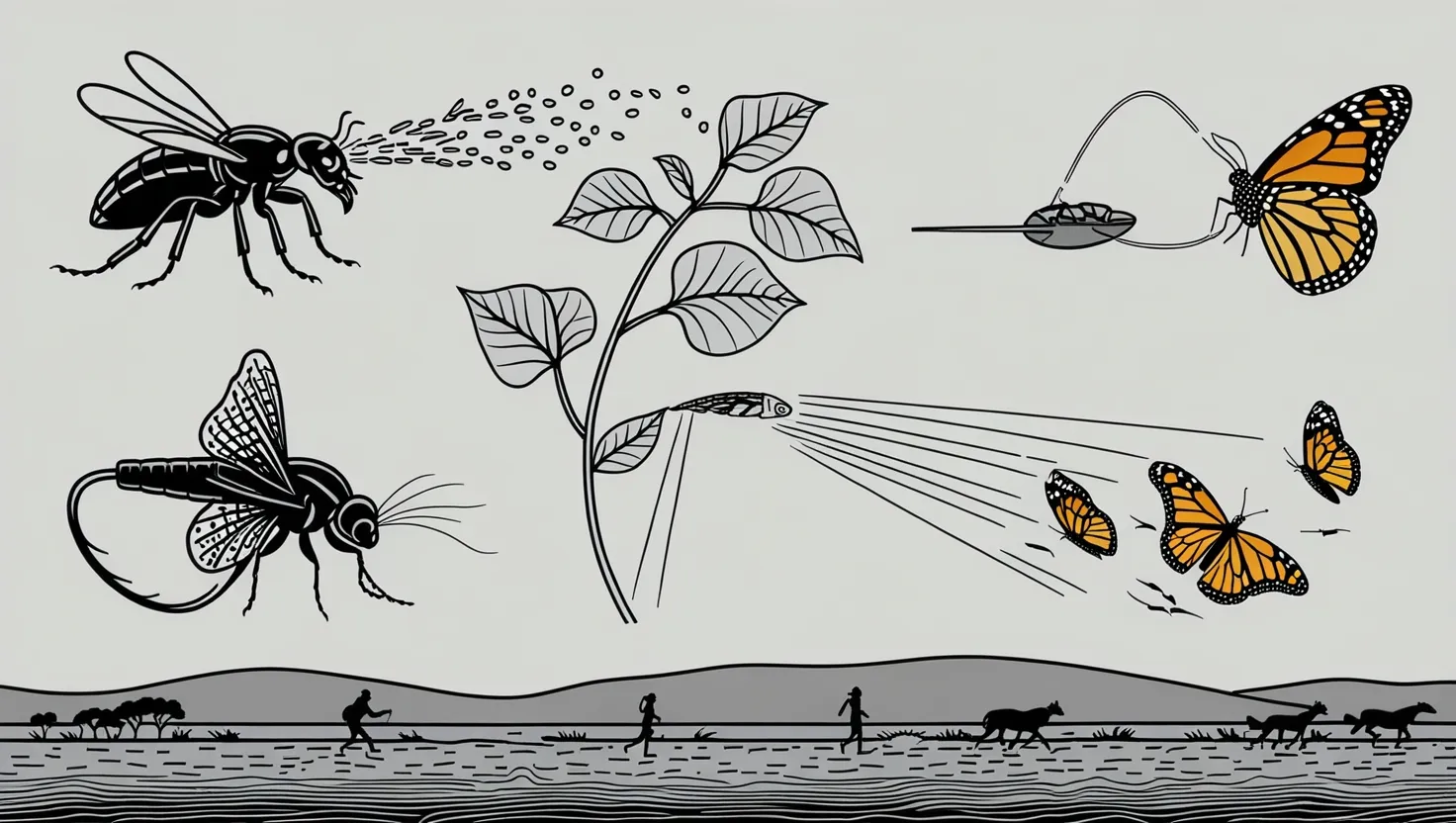Nature's Ingenious Defenders: How 5 Species Evolved Remarkable Survival Tactics
Discover nature's ingenious adaptations - from bombardier beetles' chemical weapons to archerfish precision. Learn how evolution crafts remarkable survival strategies through tiny, persistent improvements. Explore natural brilliance today.
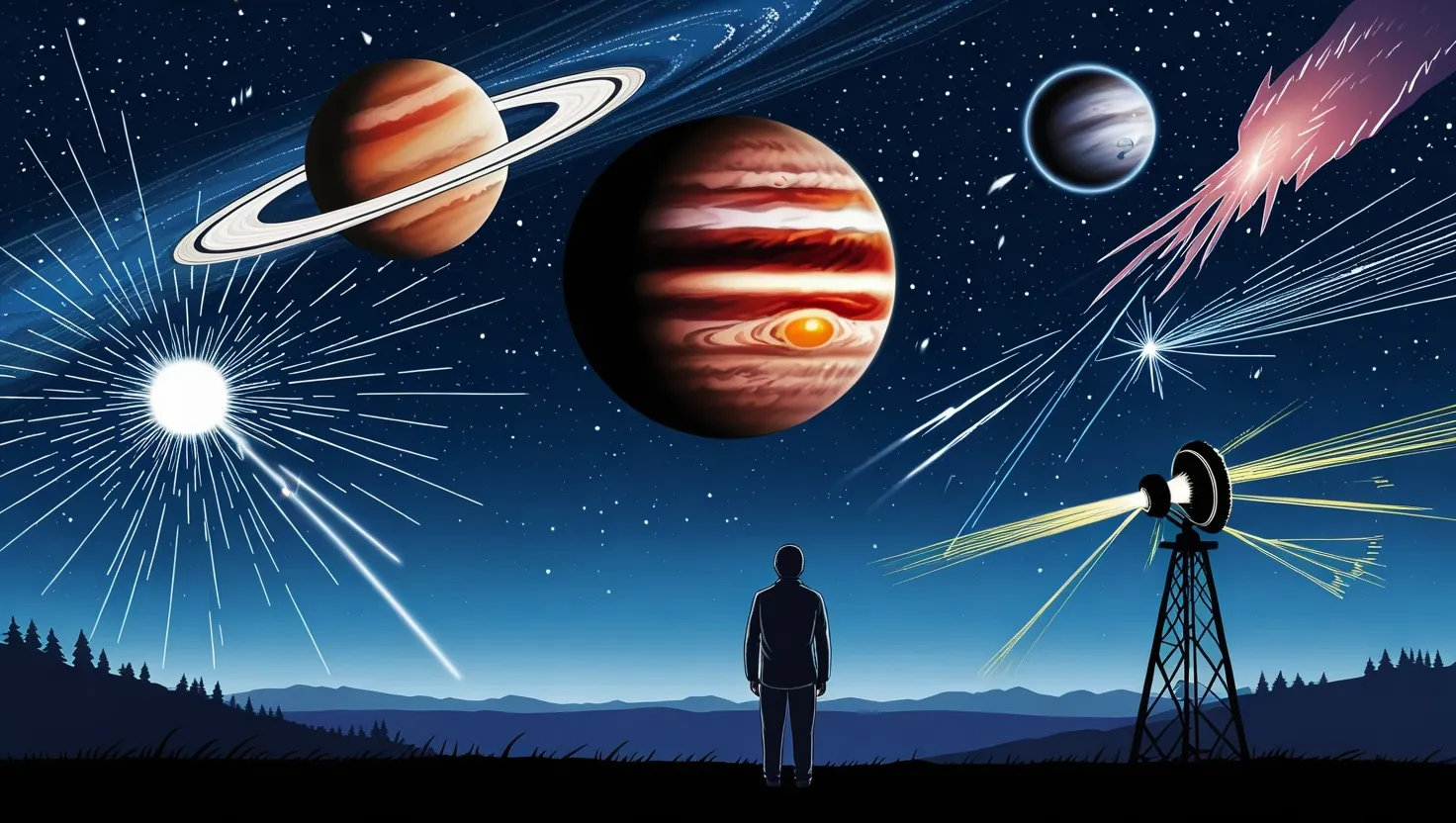
5 Mind-Boggling Cosmic Mysteries Scientists Still Can't Explain
Discover 5 celestial mysteries that challenge modern science, from Jupiter's Great Red Spot to enigmatic fast radio bursts. Explore how these cosmic phenomena continue to puzzle astronomers and what they reveal about our universe. Learn more now.
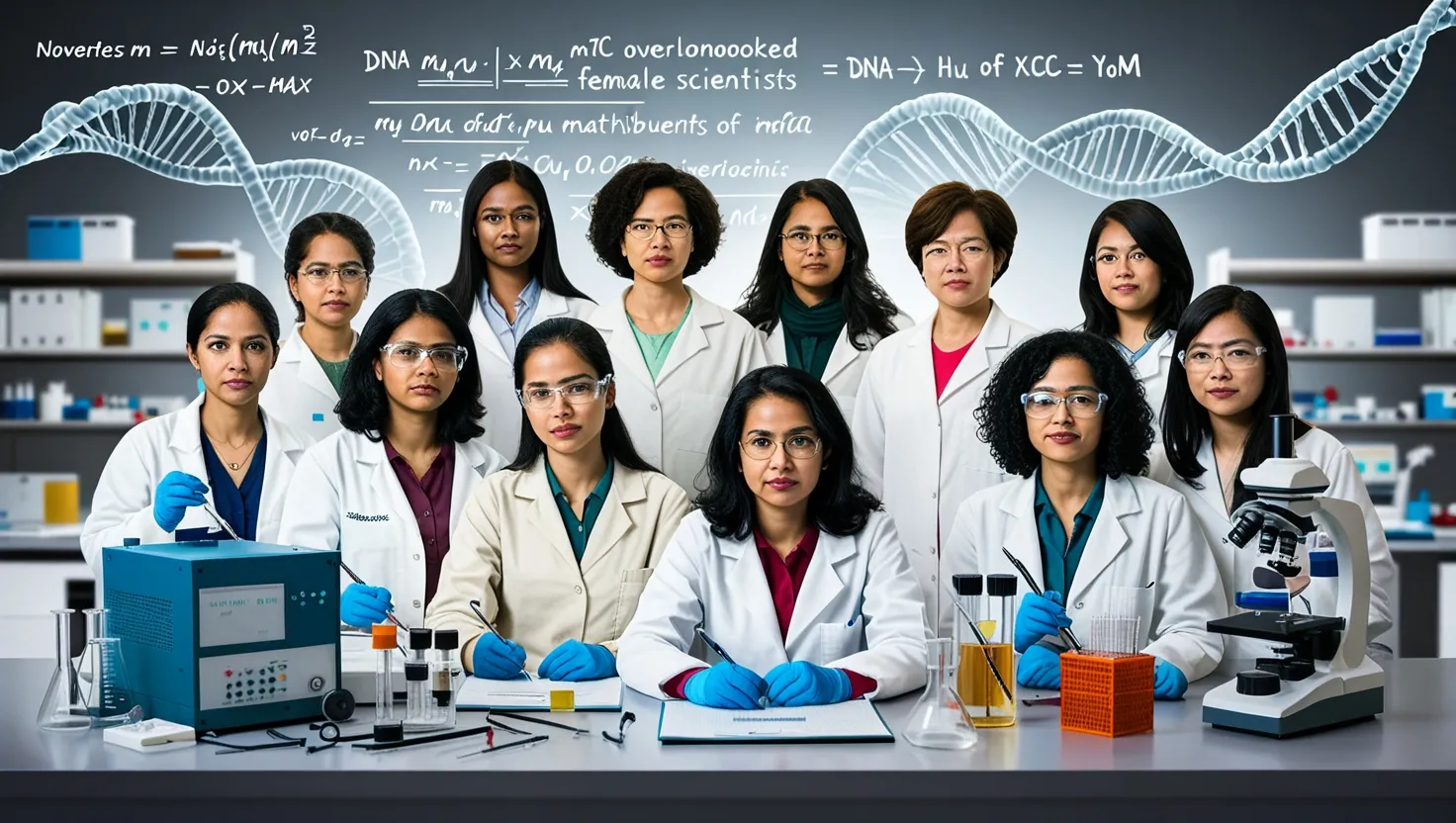
5 Brilliant Women Scientists History Forgot: Pioneers Beyond Marie Curie
Discover the overlooked legacy of 5 revolutionary women scientists who changed history despite facing discrimination. Learn how their breakthroughs from DNA to wireless technology shaped our world. #WomenInScience
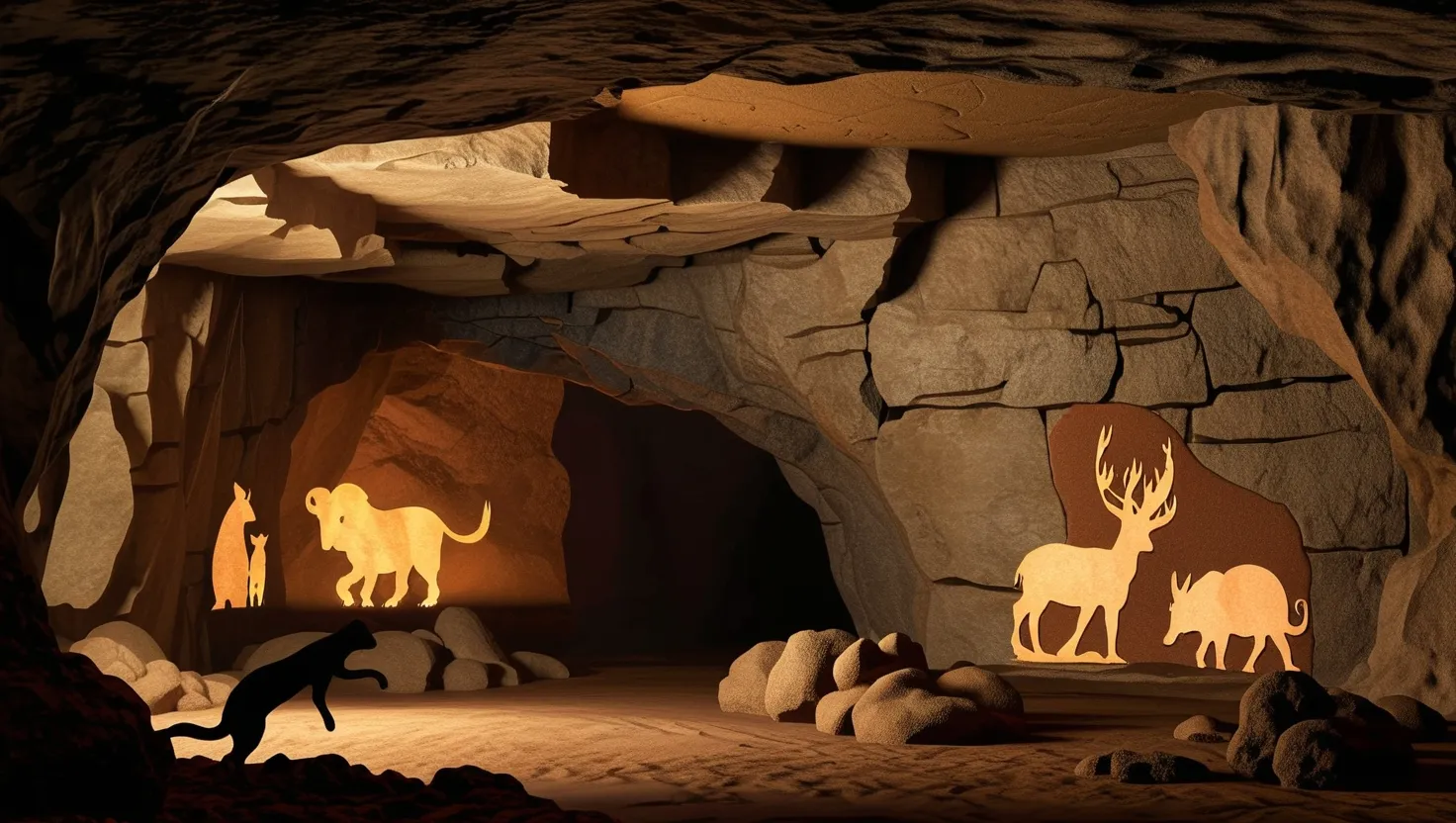
Ancient Cave Discoveries That Changed Human History: 5 Revolutionary Findings
Explore ancient cave discoveries that transformed our understanding of human history. From Paleolithic art to unknown human species, uncover remarkable findings that reshape our past. Learn more.

5 Physics Experiments That Changed How We See Reality: From Quantum to Gravity
Meta Description: Discover 5 revolutionary physics experiments that changed our view of reality. From quantum mechanics to gravity, explore how these groundbreaking tests transformed science. Learn more now.

5 Ancient Medical Practices That Shaped Modern Medicine: From Acupuncture to Hippocrates
Discover how 5 ancient medical practices, from acupuncture to willow bark remedies, continue to shape modern healthcare. Learn the science behind these time-tested healing methods. #MedicalHistory #Healthcare

5 Revolutionary Materials That Changed Modern Society: From Carbon Fiber to Silicon
Discover 5 revolutionary materials that transformed modern society. From carbon fiber to plastics, explore how these innovations shaped technology, architecture, and daily life. Learn their impact and future potential. #Materials #Innovation
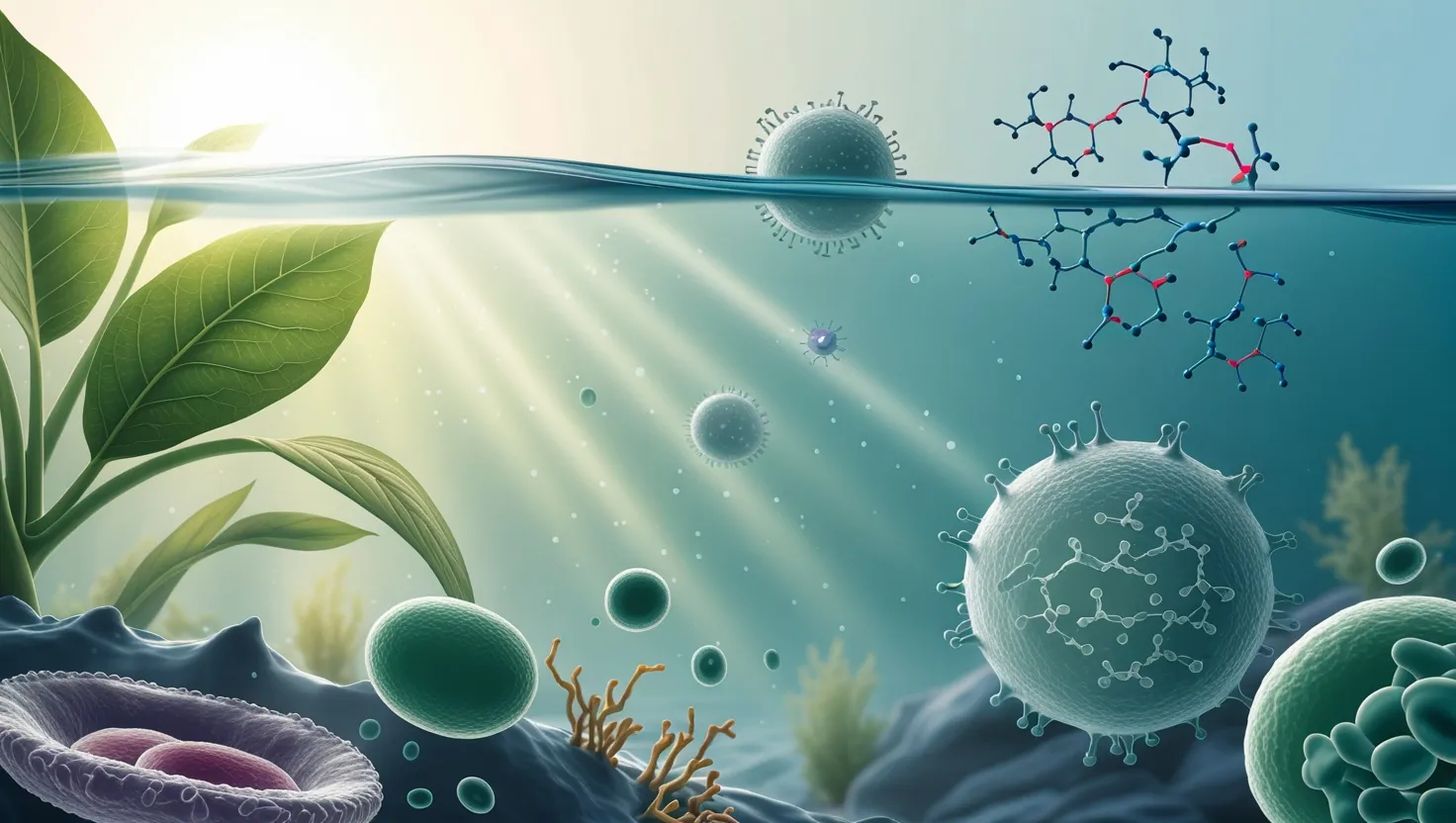
5 Essential Chemical Reactions That Created Life on Earth, According to Science
Explore the 5 fundamental chemical reactions that shaped life on Earth. From photosynthesis to ATP formation, discover how these processes drive our living world. Learn how chemistry made life possible. #Chemistry #Science
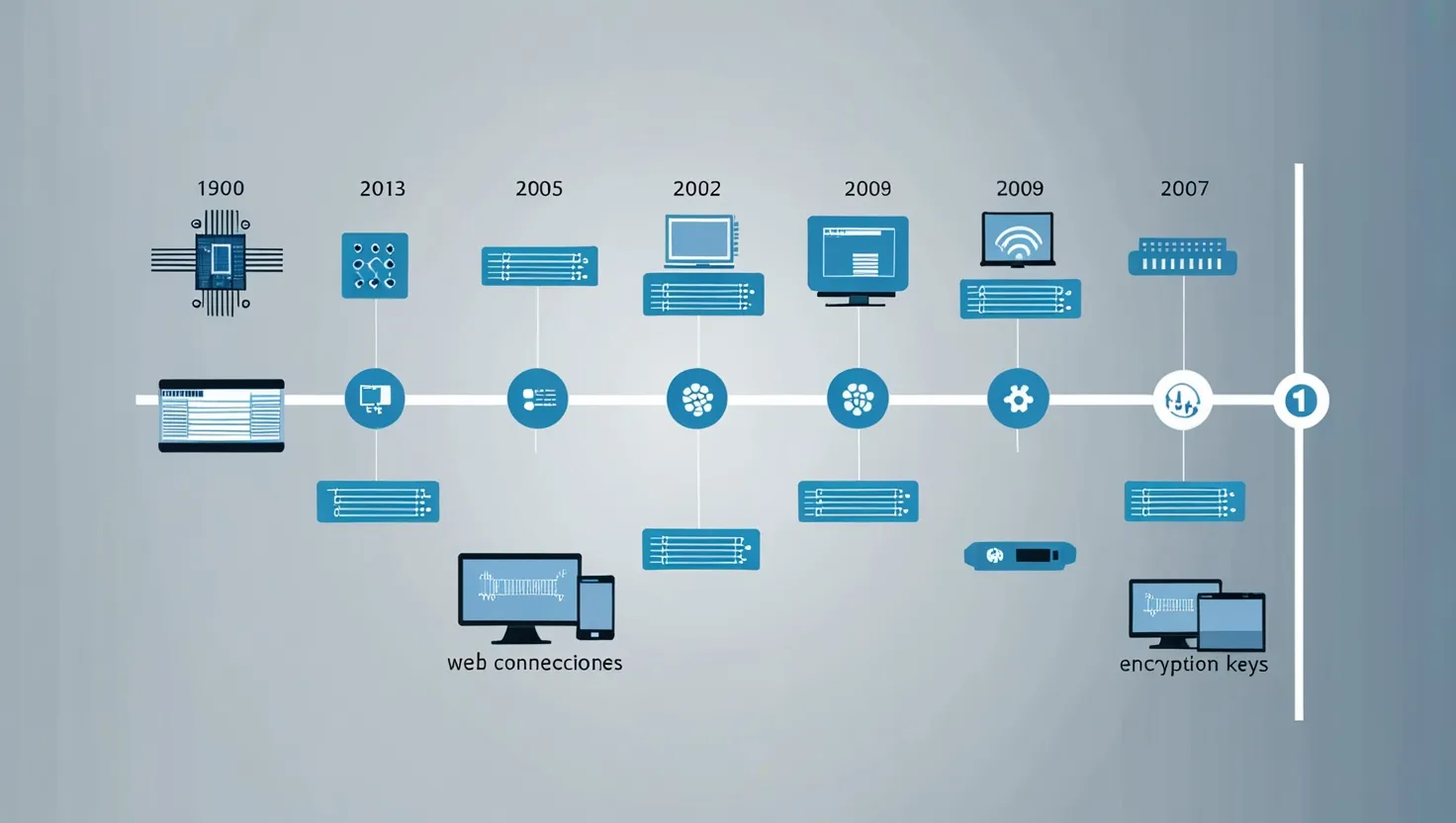
5 Technologies That Revolutionized Computing: From Circuits to Cryptography (1958-1989)
Discover the 5 revolutionary technologies that transformed our digital world. Learn about integrated circuits, packet-switching, GUI, WWW, and cryptography. See how these innovations shape modern life. Read more.
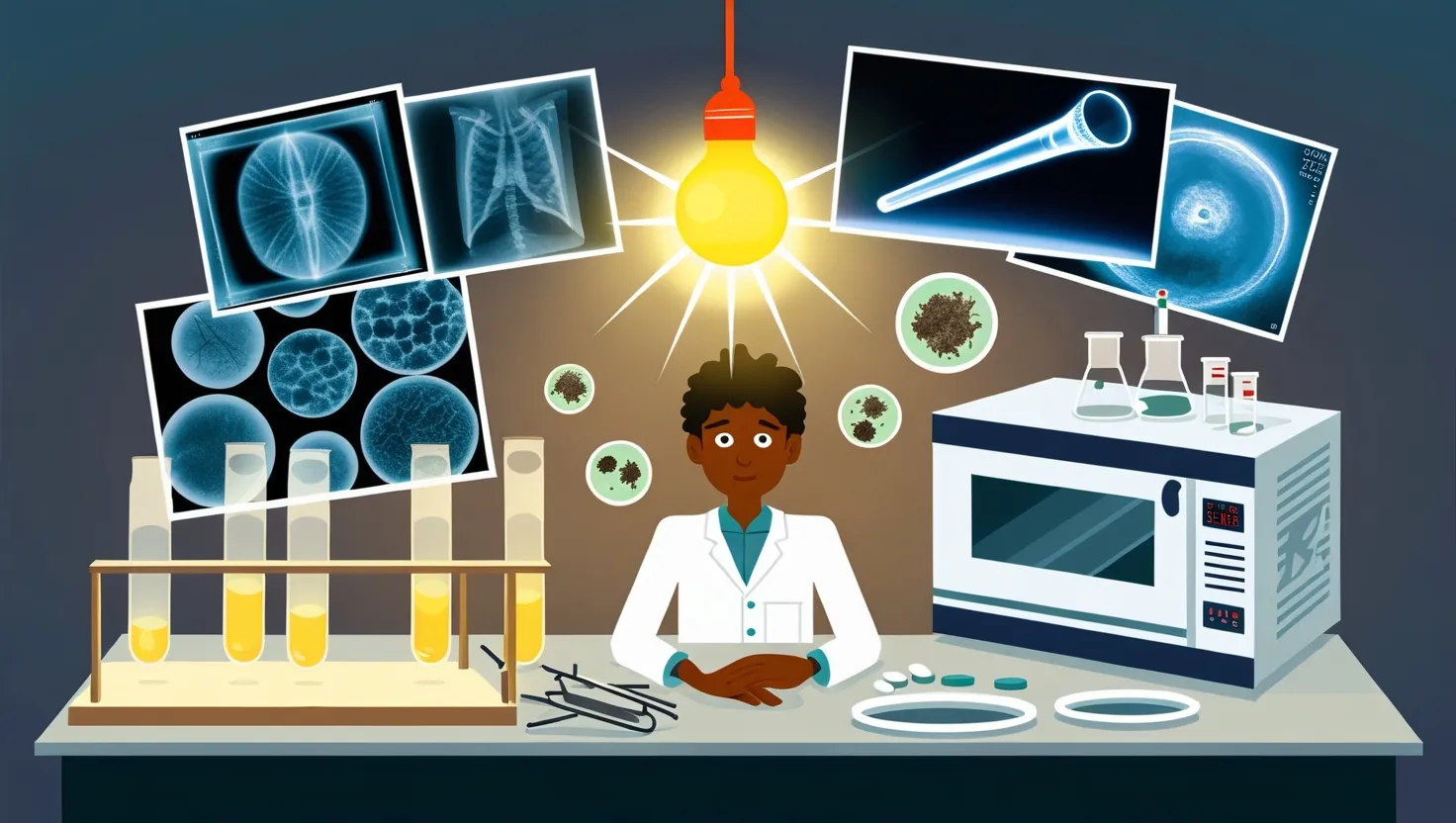
5 Accidental Scientific Discoveries That Changed the World
Discover 5 accidental scientific breakthroughs that transformed our world. From X-rays to penicillin, learn how serendipity shaped modern science. Explore the power of curiosity and chance in innovation.
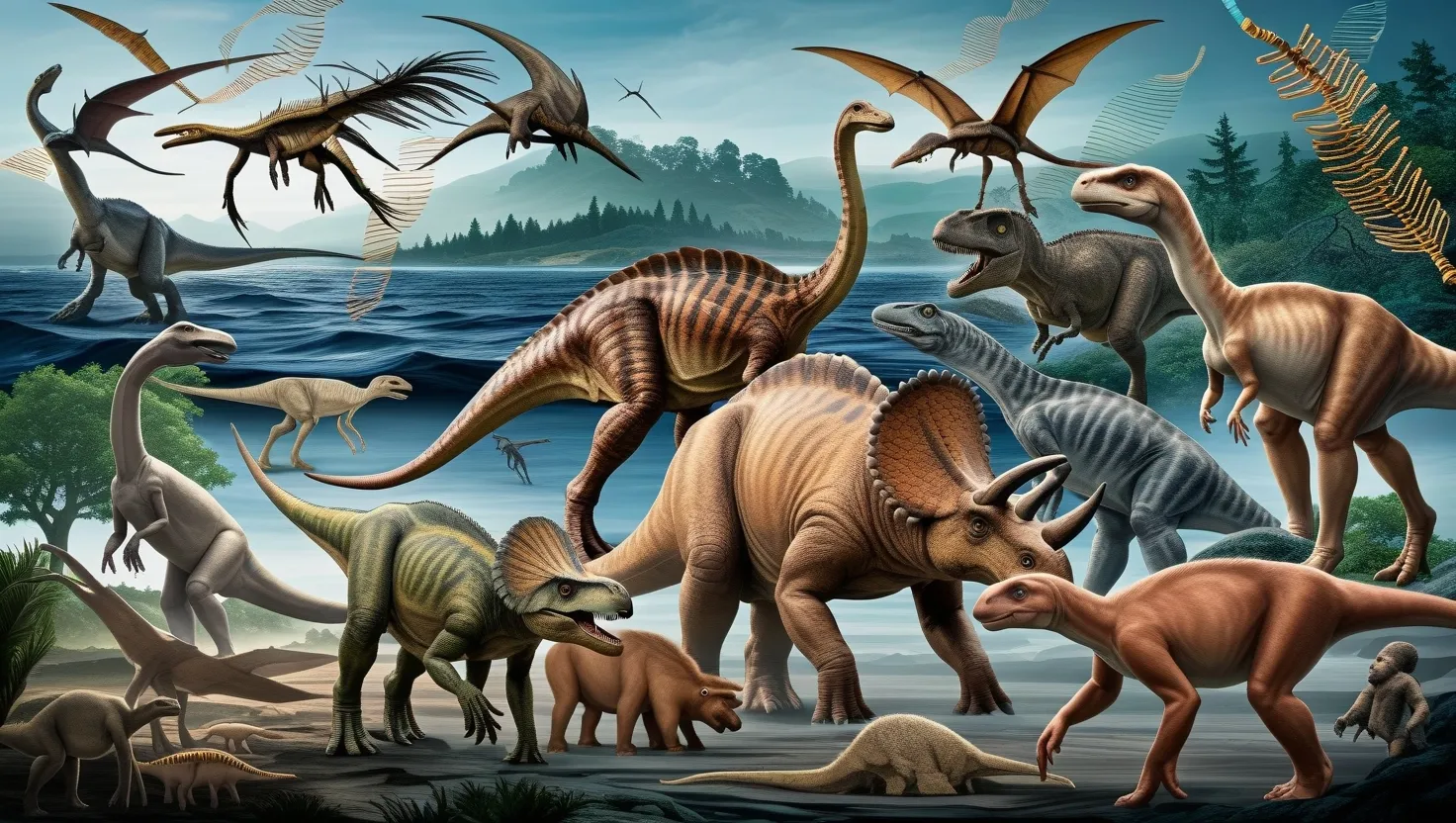
5 Groundbreaking Paleontology Discoveries Reshaping Our View of Prehistoric Life
Discover 5 groundbreaking paleontology finds reshaping our view of prehistoric life. From Archaeopteryx to soft tissue preservation, explore Earth's ancient past. Learn more now!
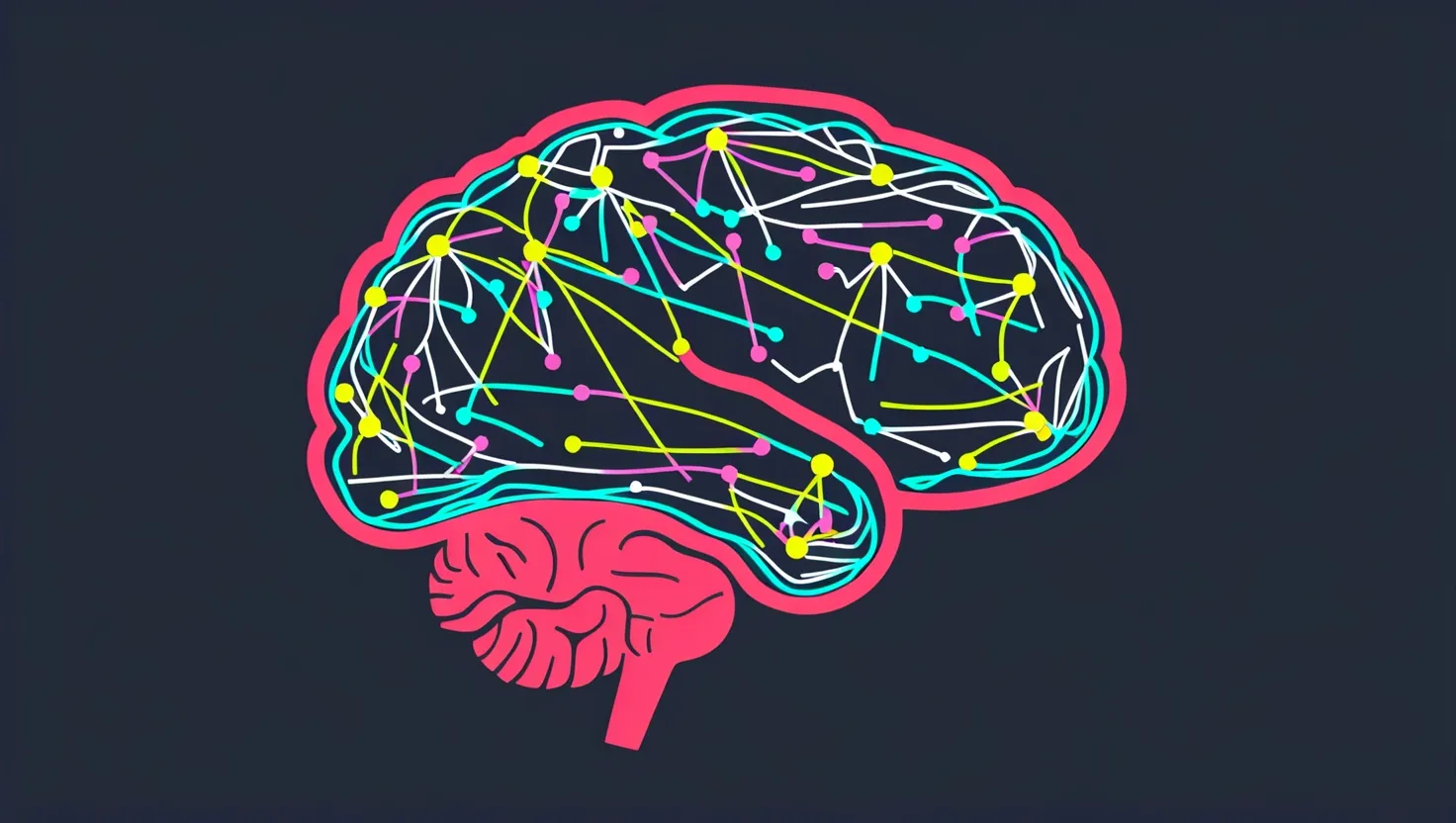
5 Groundbreaking Neuroscience Discoveries Reshaping Our Understanding of the Brain
Explore 5 groundbreaking neuroscience discoveries reshaping our understanding of the brain. Learn how neuroplasticity, neurotransmitters, fMRI, mirror neurons, and the connectome project are revolutionizing the field.

The Hidden Cost of Progress: Unintended Consequences of Major Scientific Breakthroughs
Explore the hidden impacts of major scientific breakthroughs. From nuclear power to social media, discover how innovations shape our world in unexpected ways. Learn to innovate responsibly.
